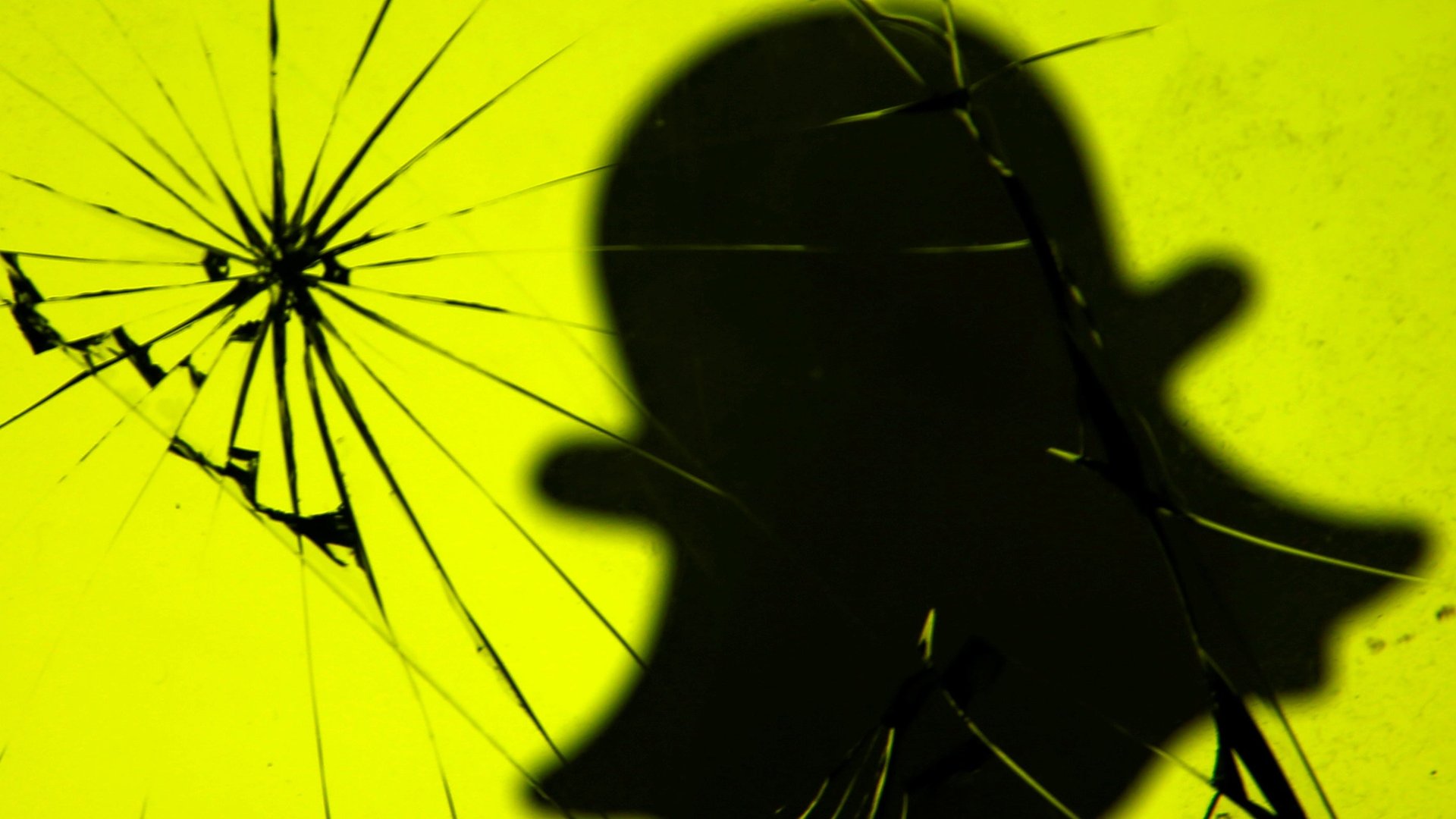Snapchat reached its highest number of users amid Covid-19
The Covid-19 pandemic was expected to be a mixed bag for social platforms like Facebook and Twitter. People would be spending more time on the internet during the lockdown, but advertisers would cut spending in the face of an economic collapse. But if Snapchat’s earnings are any indicator, companies are still spending ad dollars on reaching consumers at home.


The Covid-19 pandemic was expected to be a mixed bag for social platforms like Facebook and Twitter. People would be spending more time on the internet during the lockdown, but advertisers would cut spending in the face of an economic collapse. But if Snapchat’s earnings are any indicator, companies are still spending ad dollars on reaching consumers at home.
The platform’s parent company Snap Inc. on Tuesday (April 21) posted earnings that revealed better-than-expected advertising revenue, as a well as a surge in new users for Snapchat. Revenue came in at $462.5 million, or a 44% gain from this point last year. It posted a net loss of $305.9 million in the first quarter, or 21 cents a share, versus a loss of $310.4 million, or 23 cents a share, at the same time last year.
The company has yet to turn a profit since its IPO in 2017. But daily users also shot up, to 229 million, Snapchat’s highest number of daily average users to date. The platform added 11 million global users in the first three months of 2020, as nations around the world shut down schools, businesses, and imposed stay-at-home orders.
As the pandemic spread, communication on Snapchat increased. Users created more than 4 billion Snaps every day during the first quarter. The platform noted that communication between friends increased by 30% in the last week of March. It shot up as much as 50% in some of the geographies most impacted by the virus. Usage of Snap Camera, a desktop app that syncs with videoconferencing platforms like Zoom, also increased; the company reported that daily downloads of Snap Camera increased by 30 times in the first quarter.
The company isn’t all optimism, though: Citing the uncertainty of the ongoing pandemic, Snap followed the example of companies from Phillip Morris to GE and pulled its estimate for the second quarter.
Snapchat was at risk of being lost in the shuffle, even before the pandemic. The AR-based app, once the platform of choice for millennials and Gen Z, began losing users to Instagram and TikTok in recent years. Even though Snapchat stopped losing users in February 2019, expectations were that any further user growth would continue to come from burgeoning markets in South America and Asia. Instead, the growth seems to be more evenly divided across the globe. Of Snapchat’s 11 million new users, 3 million came from Europe, 2 million came from North America, and 7 million came from the rest of the world.
Snapchat’s better-than-expected performance could be a hopeful sign. Facebook, Google, and Twitter all faced a short-term slump in ad sales as industries from travel to restaurants to retail cut ad spending. But food delivery services, cleaning supplies, videoconferencing platforms, and streaming services have all dialed up their spending on digital ads. While the long-term future of the world’s economy during the pandemic is still uncertain, industries that have remained resilient will still need to get the message out on digital platforms.